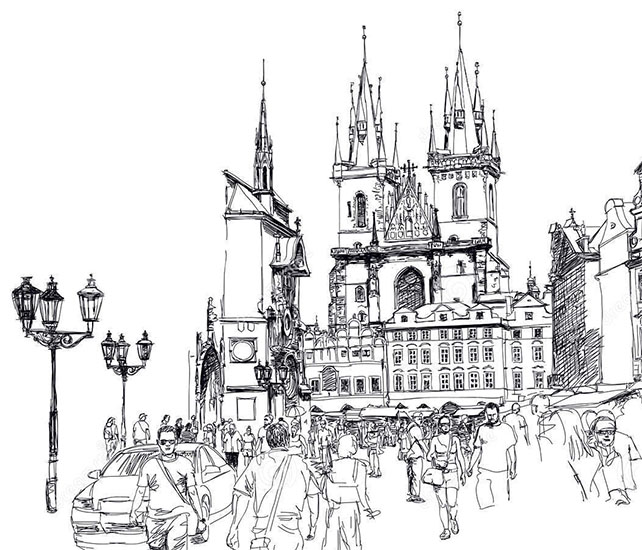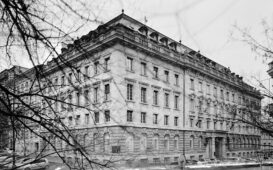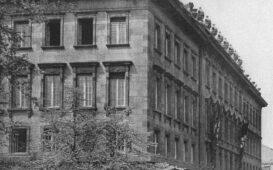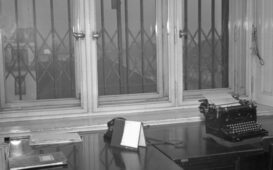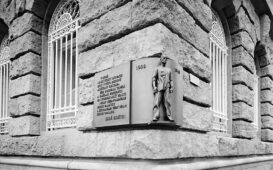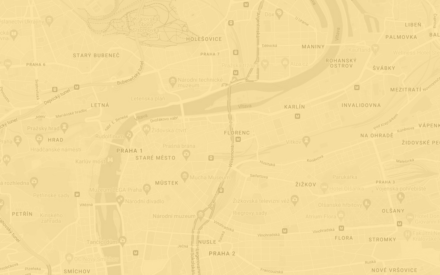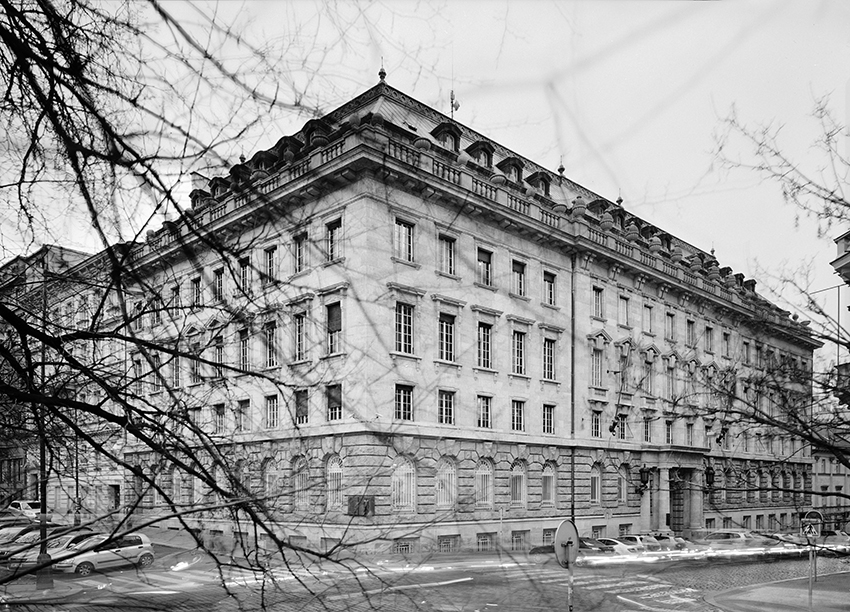
Petschek Palace
This building served as the headquarters for the Gestapo until the end of the occupation. Shortly after the invasion its owner, a successful merchant banker of Jewish descent, fled the country as the Gestapo, drawing on lists created by intelligence efforts conducted earlier, swept across Prague, arresting prominent intellectuals, Communists, and others considered dangerous to the state. That fall the Gestapo moved into the building. At about the same time a Czechs took part in a wave of popular protests, most notably those celebrate Czechoslovak Independence Day and, several weeks later, to commemorate the death of Jan Opletal, who had died during a scuffle with police on October 28. With Hitler’s blessing, the Protectorate regime initiated a brutal series of repressive measures, most visibly seen in the arrest of twelve hundred students and the closure of Czech universities. Sicherheitsdienst spies reported that most Czechs now chose to adopt a wait and see attitude. Many, especially of the fall of France a few months earlier, believed that Nazi rule was here to stay.
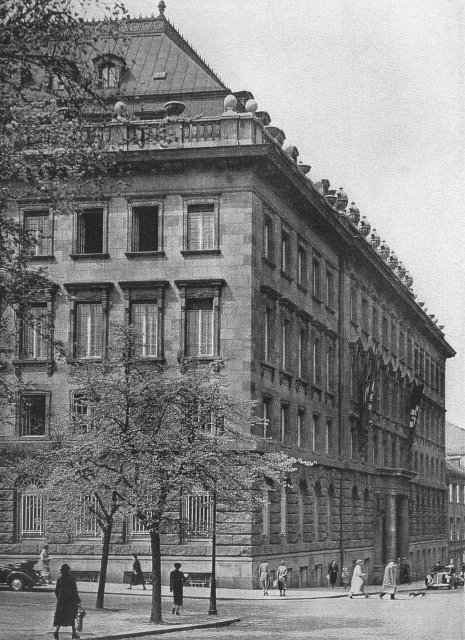
It was within this atmosphere that a first wave of voluntary informants approached the Gestapo. Unlike in the previous months, these informants came from all sectors of society, and their numbers only grew as the years went on. Denunciations, and the fear of denunciation, shrouded everyday life in the Protectorate. Spouses going through divorces denounced each other. Property disputes and power trips motivated others. Occasionally children would report to teachers politically incorrect statements that their parents had made at home. Others, fearful that the Gestapo knew that they had incriminating information about resistance activities, denounced out of a sense of self preservation. Many of the students arrested in 1939 were released on the condition that they act as informants for the Gestapo.
Thus, while Smíchovský and those like him played a key role in the establishment and maintenance of the Nazi’s regime of terror in Prague, the system relied upon thousands of denunciations “from below” that Gestapo and Sicherheitsdienst agents pursued ruthlessly. The state had entered the private sphere, shrouded everyday with fear and distrust, empowered the worst elements in society, and brought out the worst in Prague’s citizens.
Smíchovský, in other words, was an exception, albeit one who proves revealing nonetheless. For, as his deposition and other documents reveal, he and the culture of denunciation not only dampened resistance and worked to create a pliable, obedient population. They played a key role in the murder of Prague’s Jews.
Petschek Palace, 1941, source: ČTK.
Memorial plaque to victims of torture, corner of Petschek Palace, photo: David Kumermann.
Petschek Palace today, photo: David Kumermann.
Gallery
Další místa na téma "Collaboration"
